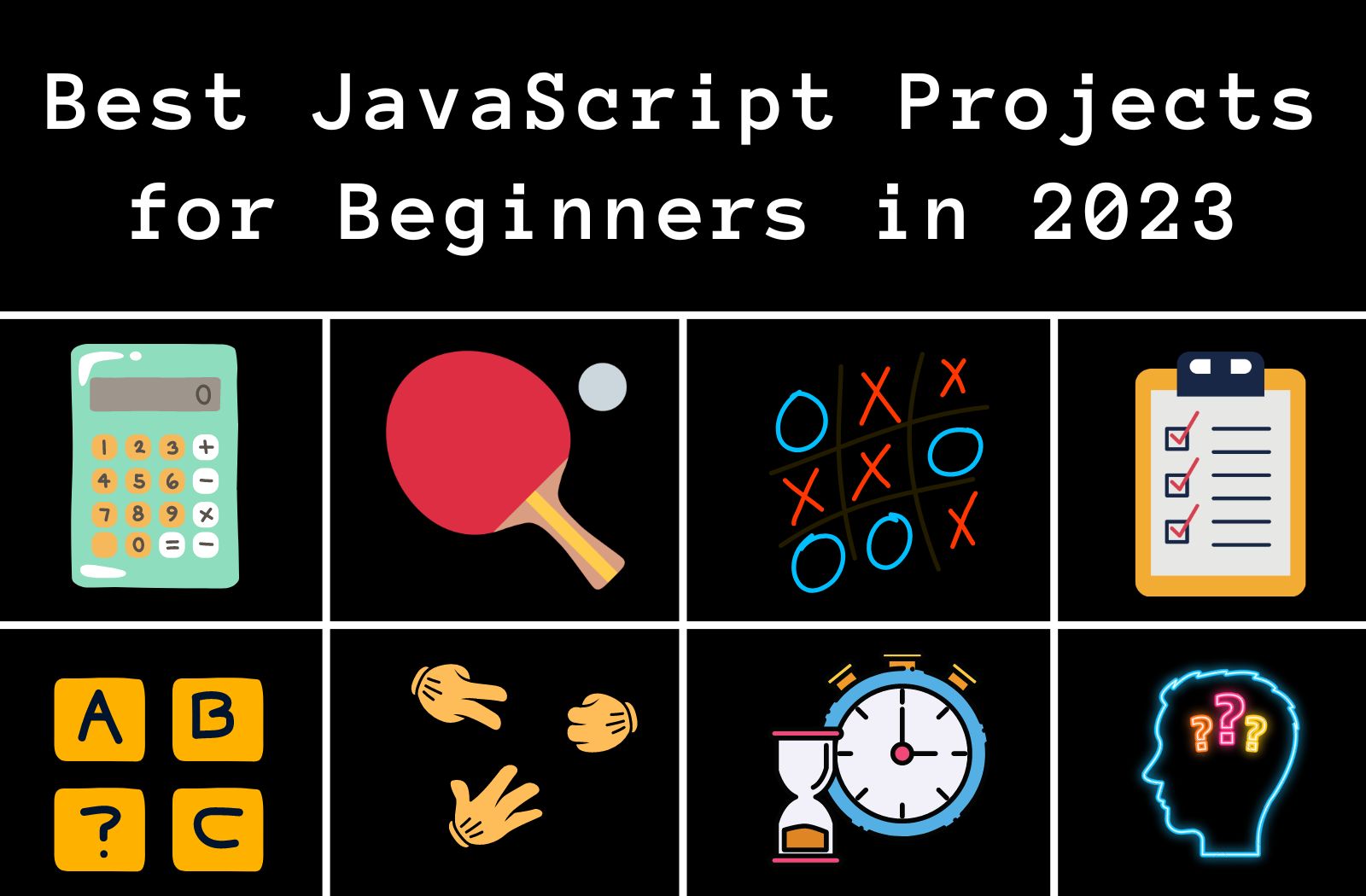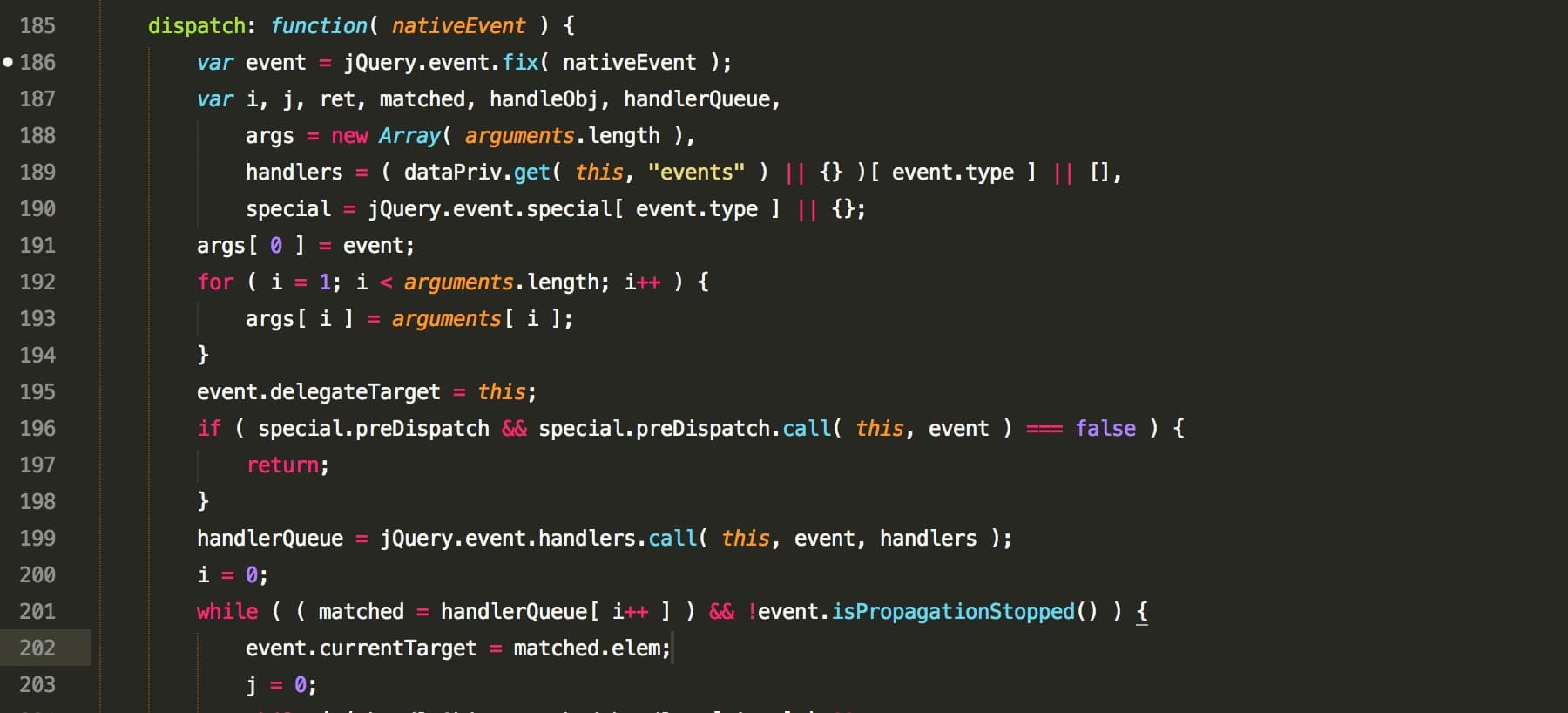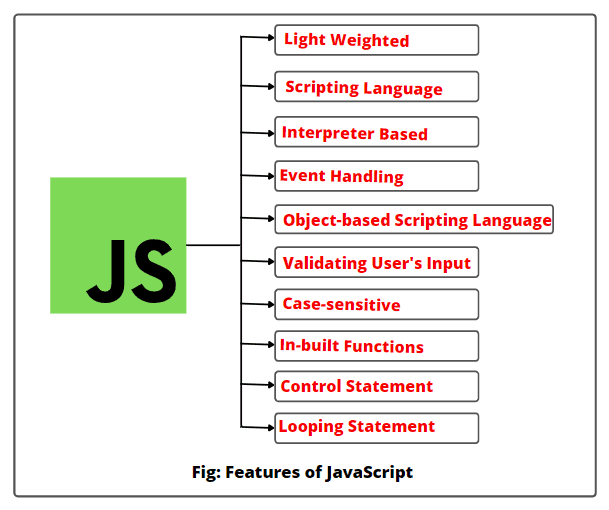If you already know C programming, you might be wondering, Is JavaScript easy to learn if I know C? While your C experience gives you a solid programming foundation, transitioning to JavaScript presents both opportunities and challenges. Whether you’re looking to build web applications or simply expand your programming toolkit, understanding JavaScript will be beneficial.

Comparing C and JavaScript: Core Differences and Similarities
When approaching JavaScript from a C programming background, it’s essential to first understand the core differences and similarities between these two languages. This comparison will help you map your current knowledge to new concepts in JavaScript.
C vs. JavaScript: A Quick Overview
C is a low-level, procedural programming language that was originally developed for system programming and embedded systems. It gives programmers fine-grained control over hardware and memory. JavaScript, on the other hand, is a high-level, interpreted language mainly used for creating interactive websites and web applications. Unlike C, which runs natively on hardware, JavaScript runs inside a browser or server (with Node.js).
| Feature | C | JavaScript |
|---|---|---|
| Type | Compiled, low-level | Interpreted, high-level |
| Paradigm | Procedural | Event-driven, object-oriented |
| Primary Use | System programming, Embedded | Web development |
| Memory Management | Manual (via pointers) | Automatic (via garbage collection) |
| Typing | Static | Dynamic |
This high-level distinction sets the stage for understanding the rest of the differences and similarities between these two programming languages.
Syntax Differences Between C and JavaScript
One of the first things you’ll notice when learning JavaScript after C is the difference in syntax. While both languages use curly braces ({}) and semicolons (;) to define blocks of code, there are key differences in how they handle variable declarations, functions, and scoping.
For example, in C, you declare variables with a strict type, such as int, char, or float:
int num = 10;
char letter = 'A';
In JavaScript, you declare variables using var, let, or const, with the variable type inferred automatically at runtime:
let num = 10;
const letter = 'A';
JavaScript is also much more flexible, allowing you to change the type of a variable on the fly. This is because JavaScript is dynamically typed, while C is statically typed.
Key Syntax Differences:
- Semicolons: JavaScript semicolons are optional in most cases, but C requires them strictly after each statement.
- Function Declaration: JavaScript allows anonymous functions and arrow functions, which are not present in C.
Example of a simple function in C:
int add(int a, int b) {
return a + b;
}
JavaScript equivalent:
function add(a, b) {
return a + b;
}const add = (a, b) => a + b;
JavaScript’s function syntax is more flexible, and this difference becomes especially useful when writing callback functions or asynchronous code (a topic we’ll cover later).
Data Types and Variables in C vs. JavaScript
Data types are another major area of difference between C and JavaScript. C requires strict definitions of data types, and you need to define whether a variable is an integer, character, or floating-point number.
C Example:
int a = 5;
float b = 3.14;
char c = 'A';
In contrast, JavaScript uses a loose typing system, meaning you can assign any type of value to a variable without declaring its type upfront. JavaScript only has a few primitive data types, and variables can easily switch between types:
let a = 5; // Number
let b = "hello"; // String
b = 42; // Now, b is a number
In JavaScript, the primary primitive data types are:
- Number: Can represent integers and floating-point numbers (
5,3.14). - String: For text (
"hello","world"). - Boolean: True or false values (
true,false). - Undefined: A variable that has been declared but not yet assigned a value.
- Null: Represents an intentional absence of any object value.
C’s strict typing can make programs more predictable, while JavaScript’s dynamic typing adds flexibility but sometimes introduces bugs due to type coercion. For example:
console.log('5' + 2); // Outputs "52" (String concatenation)
console.log('5' - 2); // Outputs 3 (Implicit type conversion)
Type coercion in JavaScript can lead to confusing behavior, which isn’t typically a concern in C. Thus, while C programmers may appreciate JavaScript’s flexibility, it’s important to be mindful of these quirks.

Core Programming Concepts: Translating Your C Knowledge to JavaScript
When transitioning from C to JavaScript, understanding how core programming concepts translate between the two languages is key to easing the learning curve. You may already be familiar with foundational programming principles in C, such as loops, conditionals, and functions, but JavaScript often handles these concepts in more flexible, and sometimes unconventional, ways.
Control Structures (Loops, Conditionals)
The general flow control structures such as loops and conditionals in JavaScript are quite similar to those in C, which will feel familiar to you as a C programmer. Both languages use basic structures like if, else, for, and while loops.
Here’s a comparison of basic loop structures in C and JavaScript:
C Loop Example:
for (int i = 0; i < 5; i++) {
printf("%d\n", i);
}
JavaScript Equivalent:
for (let i = 0; i < 5; i++) {
console.log(i);
}
As you can see, the loop syntax is almost identical, except for how variables are declared (let in JavaScript, int in C). JavaScript uses console.log() to print to the console, much like C’s printf().
However, JavaScript offers additional loop structures that may be new to you, such as the for...in and for...of loops, as well as functional methods like forEach(), map(), and filter() which allow you to iterate through arrays in a cleaner, more modern way.
JavaScript forEach Example:
const numbers = [1, 2, 3, 4, 5];
numbers.forEach(number => console.log(number));
These more abstract functional iterations may feel unfamiliar at first, but they provide cleaner and more readable code, especially when dealing with arrays and collections.
Conditional Statements:
Conditionals in JavaScript also work in a similar manner to C. Both languages use if, else if, and else to control logic flow.
C Example:
if (x > 10) {
printf("x is greater than 10");
} else {
printf("x is 10 or less");
}
JavaScript Equivalent:
if (x > 10) {
console.log("x is greater than 10");
} else {
console.log("x is 10 or less");
}
The core difference is that JavaScript conditionals can be more dynamic due to the weak typing system, which means you need to watch out for truthy and falsy values. For example, in JavaScript, values like 0, "", null, undefined, and false are all falsy, while in C, zero is simply false, and non-zero values are true.
Functions: How C Functions Compare to JavaScript Functions
One of the key areas where JavaScript differs from C is in the way functions are handled. In C, functions are relatively straightforward; you define a function, declare its return type, and specify any parameters. JavaScript, however, offers more flexibility with function expressions, anonymous functions, and higher-order functions.
C Function Example:
int add(int a, int b) {
return a + b;
}
JavaScript Function Equivalent:
function add(a, b) {
return a + b;
}
At first glance, the function in JavaScript looks similar to C. However, JavaScript also allows anonymous functions and arrow functions, which provide more concise syntax, particularly useful for writing callback functions or asynchronous code.
JavaScript Arrow Function Example:
const add = (a, b) => a + b;
Additionally, JavaScript functions can be higher-order functions, meaning they can accept other functions as arguments or return functions as values. This is a significant paradigm shift from C, where functions are more static.
For example, in JavaScript:
const multiply = (x) => (y) => x * y;
const double = multiply(2);
console.log(double(5)); // Outputs 10
This kind of function composition is common in JavaScript and may require an adjustment for C programmers who are used to more rigid function definitions. JavaScript’s closures and scoping rules also differ, allowing functions to retain access to the environment in which they were created, even after they have been called. This is very different from how scope and memory work in C.
Pointers in C vs. References in JavaScript
One of the defining features of C is its use of pointers, which allow you to directly manipulate memory. Pointers give C programmers a great deal of control, particularly in memory management, but they also come with potential risks, such as segmentation faults and memory leaks.
In contrast, JavaScript doesn’t have pointers, and memory management is handled automatically through garbage collection. This can be a relief for C programmers, as it removes the need to manually allocate and deallocate memory. However, it also means you lose the fine-grained control over memory that C provides.
Instead of pointers, JavaScript uses references for objects. When you assign an object to a variable, you are actually assigning a reference to the object in memory, not the object itself.
JavaScript Example of Reference:
let obj1 = { name: "Alice" };
let obj2 = obj1; // obj2 now holds a reference to obj1
obj2.name = "Bob";
console.log(obj1.name); // Outputs "Bob"
In the example above, changing obj2 also affects obj1 because they both refer to the same object in memory. This behavior is different from C, where you would explicitly use pointers to achieve similar functionality.
Object-Oriented Programming in JavaScript vs. Procedural C
While C is a procedural language, JavaScript supports object-oriented programming (OOP), allowing for more structured and modular code. You won’t find classes or objects in traditional C programming (unless you’re using C++), but JavaScript fully embraces these concepts.
JavaScript uses prototypal inheritance rather than the classical inheritance model found in languages like Java or C++. This can be a bit tricky for C programmers, as it’s a more flexible and dynamic system.
JavaScript Object Example:
const person = {
firstName: "John",
lastName: "Doe",
fullName: function() {
return this.firstName + " " + this.lastName;
}
};
In the example above, person is an object with properties (firstName, lastName) and a method (fullName). JavaScript objects are central to the language, and they can be dynamically altered at runtime. This flexibility can be both a strength and a challenge, as it requires a mindset shift from procedural programming to object-oriented programming.
Each of these concepts—loops, conditionals, functions, memory management, and object-oriented programming—translates from C to JavaScript in ways that will feel familiar, yet require adaptation to new paradigms and language quirks.

JavaScript Features That May Be Challenging for C Programmers
While your background in C gives you a strong foundation in programming concepts, there are several features unique to JavaScript that may present a learning curve. These features often stem from JavaScript’s dynamic nature and its use in web development environments. In this section, we’ll explore some of the more challenging aspects of JavaScript for programmers accustomed to C, and provide tips on how to overcome them.
Asynchronous Programming and Event Loops
One of the most significant differences between C and JavaScript is how they handle asynchronous operations. In C, the flow of execution is generally synchronous: each line of code is executed in order, and the program waits for a function to return a value before moving to the next line. In contrast, JavaScript is event-driven, which means it heavily relies on asynchronous programming to handle tasks like user input, file reading, and network requests.
Asynchronous Programming in JavaScript is primarily managed using callbacks, promises, and async/await syntax. This can be confusing for C programmers, as C doesn’t natively support asynchronous patterns in the same way.
Example of Asynchronous JavaScript using Callbacks:
function fetchData(callback) {
setTimeout(() => {
console.log("Data fetched");
callback();
}, 1000);
}console.log(“Callback executed”);
});
In this example, the setTimeout function simulates an asynchronous operation (such as fetching data from an API), and the callback function is executed after the data is fetched. This is a non-blocking operation, meaning the program doesn’t stop while waiting for the data.
In C, handling asynchronous tasks usually involves multithreading or using system-specific APIs like select() for network operations. In JavaScript, however, asynchronous tasks are handled by the event loop, which continuously checks for pending tasks and executes callbacks when the main thread is idle.
JavaScript’s event loop can be a tough concept for C programmers to grasp. In simpler terms, the event loop allows JavaScript to defer actions that take time (like network requests) and keep running other code in the meantime.
The Promise Example:
function fetchData() {
return new Promise((resolve, reject) => {
setTimeout(() => {
resolve("Data fetched");
}, 1000);
});
}console.log(data); // Outputs “Data fetched”
});
JavaScript’s promise-based approach is much more elegant than deeply nested callbacks (known as “callback hell”) and is comparable to how asynchronous patterns are handled in other high-level languages.
Asynchronous Programming Techniques in JavaScript:
- Callbacks: Functions passed into other functions to be executed later.
- Promises: Represent a value that may be available now, later, or never.
async/await: Syntactic sugar over promises that makes asynchronous code appear synchronous.
For a C programmer, understanding JavaScript’s asynchronous patterns is crucial, especially if you plan to build web applications that rely heavily on user interactions or API calls.
The DOM (Document Object Model)
JavaScript is primarily used to manipulate web pages in real time, and to do that, it relies on the DOM (Document Object Model). The DOM is a tree-like structure that represents all the elements of a web page. C, being a general-purpose language for system-level tasks, doesn’t have any direct equivalent to the DOM.
Here’s a simple example of how JavaScript interacts with the DOM:
<html>
<head>
<title>DOM Example</title>
</head>
<body>
<h1 id="heading">Hello, World!</h1>
<script>
document.getElementById('heading').textContent = "Hello, JavaScript!";
</script>
</body>
</html>
In this example, JavaScript is used to dynamically change the text of an HTML element with the ID heading. This is an essential part of modern web development but can feel unfamiliar to C programmers who aren’t accustomed to working with browser APIs and user interfaces.
Key JavaScript DOM Concepts:
- Elements: HTML tags (e.g.,
<div>,<p>,<button>) are treated as objects in JavaScript. - Selectors: JavaScript provides methods like
getElementById()andquerySelector()to find elements. - Event Handling: JavaScript allows you to respond to user actions (e.g., clicks, key presses) using event listeners.
Learning how to interact with the DOM is crucial for anyone aiming to work in front-end development. While it doesn’t directly translate from your C knowledge, mastering the DOM will allow you to build interactive web applications quickly.
JavaScript’s Prototypal Inheritance vs. C’s Structured Programming
One of the most challenging aspects of JavaScript for C programmers is its prototypal inheritance model. While C is a procedural language and has no inherent object-oriented features, JavaScript is object-oriented with a twist. Instead of classical inheritance like C++ or Java, JavaScript uses prototypes to build objects and share properties.
In traditional class-based languages (like C++), you define classes and create instances of those classes. In JavaScript, objects can inherit properties from other objects directly.
JavaScript Prototype Example:
function Person(name, age) {
this.name = name;
this.age = age;
}console.log(“Hello, my name is “ + this.name);
};
alice.greet(); // Outputs: “Hello, my name is Alice”
Here, Person.prototype.greet is a function attached to the prototype of the Person object. This allows all instances of Person to share the same method without having individual copies of it. Prototypal inheritance can be hard to understand for those coming from C, where inheritance isn’t a concept.
Key Concepts in JavaScript Prototypal Inheritance:
- Prototype Chain: Objects can inherit from other objects through the prototype chain.
- Constructor Functions: Functions that are used to create objects (akin to classes in OOP languages).
thisKeyword: Refers to the current instance of an object, which can be confusing when passed as a callback.
JavaScript’s flexibility with objects, prototypes, and dynamic behavior can take some time to grasp, but it also provides more adaptability and extensibility than the strict structure found in C.
The Role of JavaScript in Front-End and Back-End Development
While C is primarily used for system-level programming (such as operating systems, embedded systems, and high-performance applications), JavaScript dominates in web development. Traditionally, JavaScript was confined to the client-side (front-end) of websites, where it was used to make web pages interactive.
However, with the rise of Node.js, JavaScript has also moved into the back-end, allowing developers to build entire web applications using a single language.
Front-End JavaScript (in the browser):
- Manipulates the DOM to update the user interface dynamically.
- Handles user interactions like clicks, form submissions, and key presses.
- Communicates with servers through APIs using AJAX or Fetch for data retrieval.
Back-End JavaScript (Node.js):
- Handles server-side logic, such as routing requests and interacting with databases.
- Processes asynchronous tasks like file I/O and network requests.
- Creates RESTful APIs and serves web content.
JavaScript’s versatility has made it the language of the web, while C remains the go-to language for low-level, high-performance applications. Learning JavaScript opens up opportunities in both front-end and back-end development, which is quite different from the systems programming focus of C.
Mastering these key features—asynchronous programming, the DOM, prototypal inheritance, and JavaScript’s role in web development—is essential for C programmers looking to expand into JavaScript. While these concepts may seem foreign at first, they are central to JavaScript’s flexibility and power in modern web development.